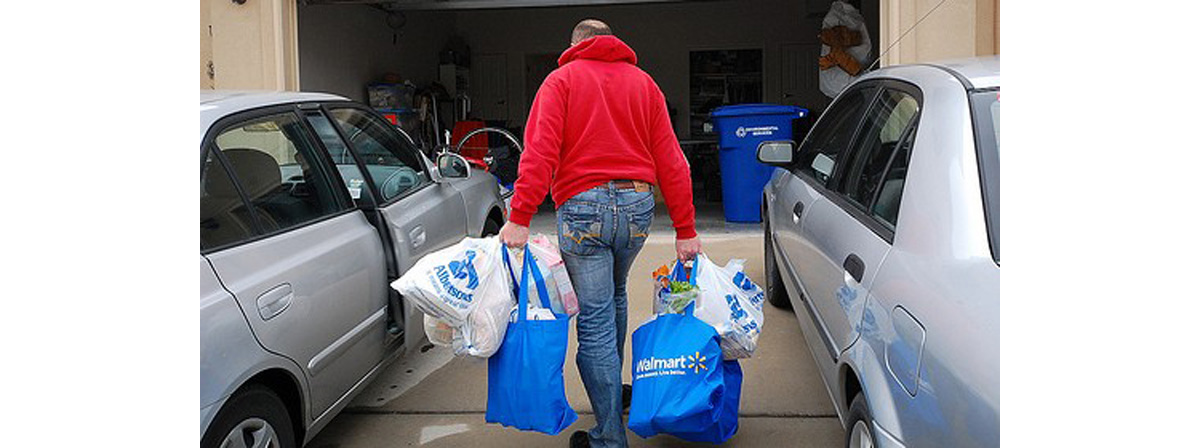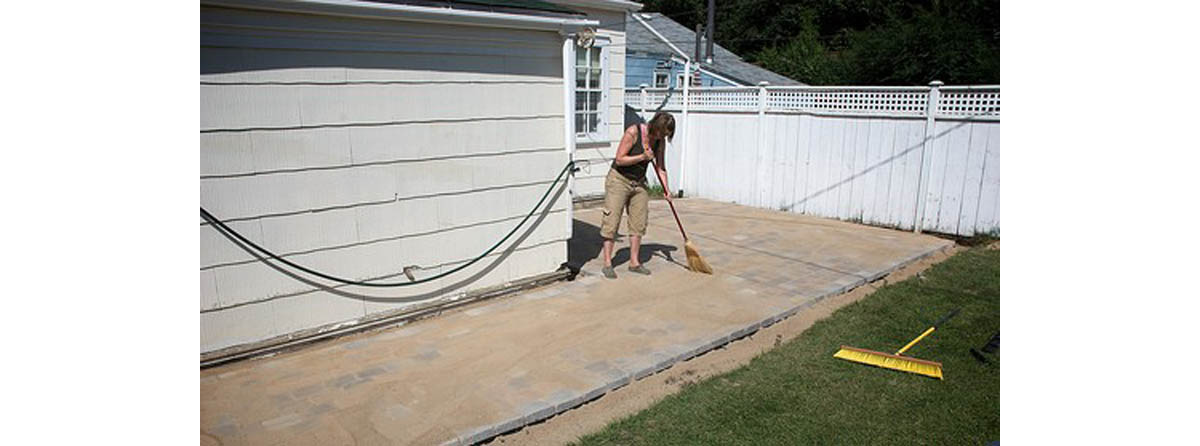Many people don’t like vigorous exercise or just don’t have the time to go to the gym or out jogging. The good news is that there are much easier ways of increasing energy expenditure in order to lose weight, or avoid putting it on.

Simply by getting out of our chairs more and moving around as we go about our daily business we could consume an extra 500 to 1,000 calories a day, leading to appreciable weight loss over time. It’s all down to a phenomenon called non-exercise activity thermogenesis, or NEAT.
What is NEAT?
The definition is energy consumed by physical activity other than what we burn up during eating, sleeping and formal exercise. To understand exactly what that means we need to consider how we normally use the energy we obtain from food.
The components of daily energy expenditure
In sedentary individuals, about 60% of energy expenditure is through our basal metabolic rate, which is the basic consumption of energy needed to keep our bodies going day and night.
After eating, and while digesting and absorbing food, there is an increase in energy expenditure, known as the thermic effect of food (TEF). This accounts for about 10-15% of energy expenditure.
The rest is made up of activity thermogenesis. This has two components – that related to exercise e.g. playing sport or exercising in the gym, and the non-exercise kind, known as NEAT.
This is because for able-bodied people it is such an integral part of our lives and hard to avoid altogether. This is activity like picking up your kids, making the beds, walking out to the trash cans, walking from the car park to the shops or office, bringing the shopping in from the car etc.
But the key point is that there is huge variation between people with regard to how much energy is consumed through NEAT – anywhere from 15% of total daily energy expenditure in very sedentary folk, to over 50% for the busiest among us. Scientists have concluded that NEAT is so influential but so variable that it very likely explains why some people stay slim and others gain weight.
An energy-conserving mechanism
Research seems to indicate that the more overweight we are, the greater the effect that NEAT has, which is great news for those of use hoping to use it to lose weight. But in reality it probably developed during evolution as a way of conserving energy when food was scarce, as the effect of NEAT reduces when food is restricted.
How Can I Lose Weight By Increasing NEAT?
One of the reasons that NEAT can be more important than sports or other exercise for expending energy, is that it can be repeated so often throughout the day. It is the repetition that adds up to a big difference in energy expenditure.

The list of ways to use NEAT is limitless – from walking around while on the telephone, taking a lunch-time walk, folding laundry or sweeping the yard while talking to your children/neighbours or walking on the spot while watching TV.
Don’t be a victim of your occupation
More than ever people have sedentary jobs now compared with previous generations. Typically this involves sitting at desk all day, which severely reduces NEAT. But even in this situation it’s easy to increase energy expenditure.
Dr James Levine of the Mayo Clinic of Rochester, Minnesota has studied energy expenditure in humans for 20 years and is a great advocate of maximizing NEAT.
Not everyone has the freedom to do those things, but most of us could walk around while using a mobile phone, could get up earlier and go for a quick walk before breakfast, or take a stroll at lunchtime. Even things like visiting a colleague’s office, instead or ringing or sending an e-mail, and taking the stairs instead of the lift will all painlessly increase NEAT. If you take a bus to work, get off a stop earlier and walk and try to walk instead of drive.
And similarly at home, Dr Levine states that just using a $50 stepper or marching on the spot while watching TV will achieve significant weight loss, through burning thousands of calories.
Speed it up
The more you go for it, the more energy you’ll use. Walking idly round a store may double energy consumption because starting and stopping walking require the most energy compared with the energy-efficient process of walking itself. But increase that to a brisker pace of 2-3mph and you’ll be using double or three times the energy consumed at rest.
What is the link between NEAT and obesity?
One of the explanations for the current increase in obesity could be a reduction in NEAT due to a number of reasons. More of us now have sedentary occupations such as sitting at a desk all day, instead of working out in the fields for example.
Also, we have labor (energy)-saving devices at home.
Instead of using a vacuum cleaner, housewives would have had to sweep carpets with a brush and beat the rugs vigorously. Even our environments can influence NEAT – if shops and schools are remote to the communities they serve, people have to access them by car, instead of walking.
So remember, keep moving!
- Levine JA. Non-exercise activity thermogenesis (NEAT). Best Pract Res Clin Endocrinol Metab. 2002. 16(4), 679-702
- Levine JA. Nonexercise activity thermogenesis (NEAT): environment and biology. Am J Physiol Endocrinol Metab. 2004. 286, E675-E685
- Photo courtesy of hector e balcazar by Flickr : www.flickr.com/photos/hectore/4242951438/
- Photo courtesy of Chris Enns by Flickr : www.flickr.com/photos/lemon/2764655692/
- www.usatoday30.usatoday.com/news/health/weightloss/2009-01-21-fidget-activity_N.htm?loc=interstitialskip


Your thoughts on this